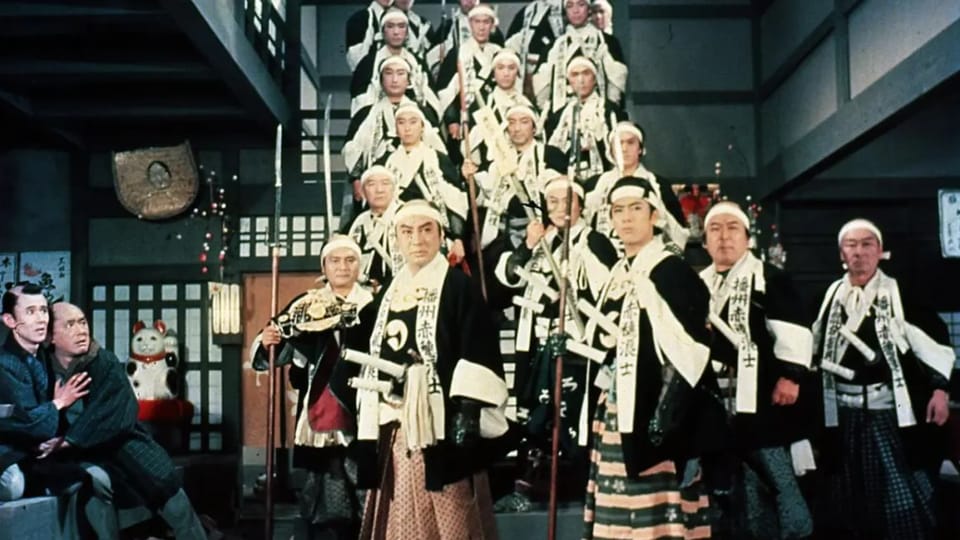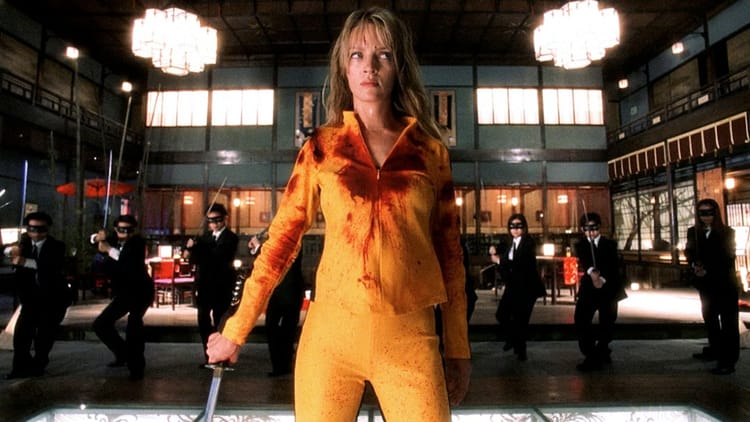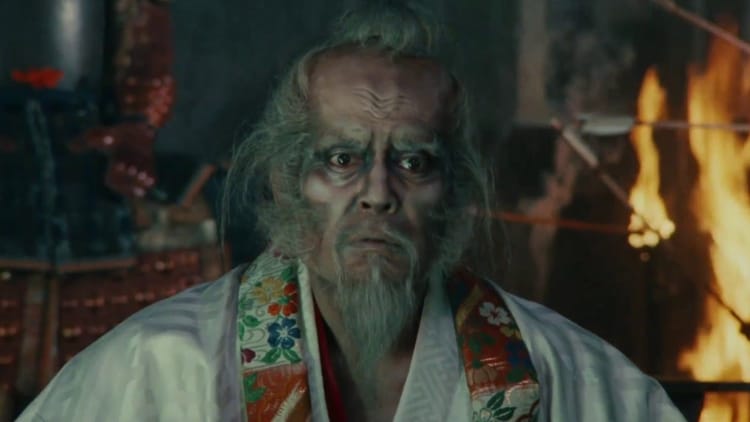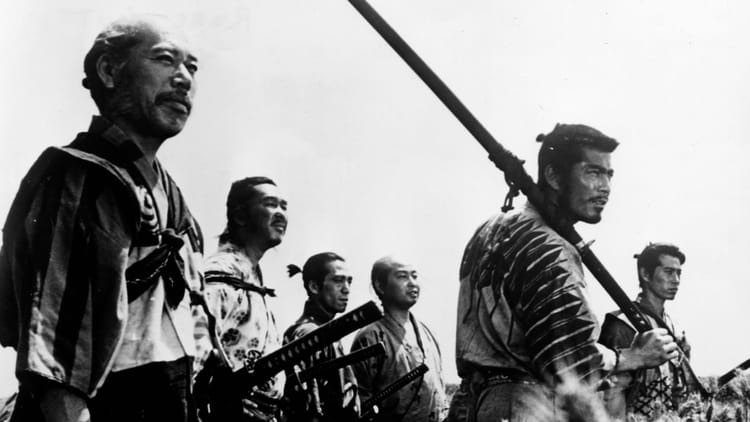Chushingura

Chushingura is a 1962 Japanese epic that’s got more style than you can shake a katana at. Directed by Hiroshi Inagaki, this flick dives deep into the legendary tale of the 47 Ronin, and it does so with such jaw-dropping visuals that you almost forget you’re watching a slow-burn drama. This ain’t just some mindless sword-swinging, folks—this is a meditation on loyalty, honor, and the gut-wrenching sacrifices that come with living by the Bushido code in the twilight of the Tokugawa shogunate.
So here’s the setup: Lord Asano, played by Yūzō Kayama, is this young, straight-arrow daimyo who’s got no patience for the corrupt bullshit that runs through the veins of the shogunate court. Enter Kira, the sleazy protocol expert played by Chūsha Ichikawa, who expects everyone to kiss his ass and grease his palm. But Asano? He’s not having any of it. He refuses to play Kira’s game, which sets off a chain reaction that leads to Asano losing his cool and slicing Kira up—right in the Shogun’s palace, no less. Big mistake because drawing a sword in the palace is a one-way ticket to seppuku, and that’s exactly what Asano gets, leaving his family and loyal samurai disgraced and ruined.
But this isn’t where the story ends; this is where it kicks into gear. Enter Ōishi Kuranosuke, portrayed by Matsumoto Hakuō I, the chief retainer who’s not about to let Asano’s honor die with him. Ōishi’s got one thing on his mind: revenge. But it’s not just about charging in with swords drawn. No, Ōishi plays the long game, gathering Asano’s remaining samurai—now ronin, masterless warriors—and meticulously planning an assault on Kira’s castle. This isn’t some quick and dirty vengeance; it’s a methodical, slow-burn mission that builds up tension like a coiled spring, ready to snap.
The film’s split into two parts: “Blossoms” and “Snow.” In “Blossoms,” we see Asano’s downfall, a man trapped in a web of courtly intrigue, refusing to bend to Kira’s corruption until it breaks him. “Snow” shifts focus to Ōishi and the scattered ronin, who live debauched lives, fooling Kira’s spies into thinking they’ve given up on revenge. But when the time’s right, they regroup for a climactic assault on Kira’s stronghold, a scene as beautifully choreographed as it is brutal.
What makes Chushingura more than just a samurai flick is its exploration of the weighty themes of duty, sacrifice, and the complex nature of honor. Asano and Kira are polar opposites—one incorruptible, the other thriving in a cesspool of greed. The film slowly unravels these moral conflicts, showing how Ōishi and his ronin are caught between their loyalty to their fallen lord and the inevitable death that awaits them for their actions.
Visually, this film is nothing short of a masterpiece. Every frame is meticulously crafted, with ancient Japanese architecture, stunning costumes, and serene gardens drenched in rich, vibrant color. The cinematography, helmed by Kazuo Yamada, uses light and shadow to evoke mood and atmosphere in a way that feels almost poetic. And let’s not forget the score by Akira Ifukube, whose music is perfectly in sync with the film’s rhythm, enhancing every emotional beat and dramatic moment.
Sure, Chushingura is a long ride—clocking in at just under three and a half hours—but it keeps you hooked with its elegant direction, compelling story, and performances that bring the characters’ inner turmoil to life. The first half might feel like it’s dragging for those not used to the slow-burn style, but trust me, the payoff is worth every minute. When the ronin finally launch their attack, the tension snaps, and you’re left with a climax that’s as satisfying as it is tragic.
This film doesn’t just show you samurai swinging swords—it digs deep into what it means to live by the code of Bushido, even when the world around you is crumbling. The 47 Ronin know they’re walking into a death sentence, but they do it anyway because, for them, honor isn’t just a word—it’s everything. And that’s where Chushingura hits hardest, reminding you that the true price of honor is often paid in blood.
In the end, Chushingura is more than just a historical epic; it’s a cinematic experience that’s as much about the mind as it is about the sword. With its blend of political intrigue, emotional depth, and stunning visuals, it’s a classic of Japanese cinema that stands the test of time. It might not be everyone’s cup of tea, especially if you’re not tuned into the nuances of samurai culture, but for those who appreciate a finely crafted story, this film is pure gold.





